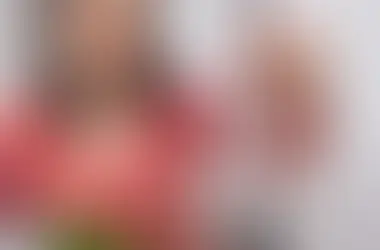Terrarium Care
- Lonnie Storey
- Nov 19, 2018
- 3 min read
One of the best things about terrariums is how easy they are to take care of. Once the hard work of putting all your plants together is done, your terrarium will slowly start to become self sustainable in the sealed mini eco-system that you’ve put together! Here’s a few helpful tips on watering, light levels and general maintenance to help you look after your new terrarium and to make the plants inside it thrive.

A healthy, newly sealed terrarium
Tropical plants always work best inside of a terrarium, because they love the humidity the terrarium will generate. Lots of the popular plants commonly used in terrariums like Fittonias, Hypoestes and Ferns need a healthy amount of moisture to help them grow. Once you’ve finished your terrarium and watered it in, that first water will begin to cycle through the plants repeatedly, creating a mini weather system of it’s own. This is why activated charcoal is so important, as it helps clean the water and stops it becoming stagnant.
After a little while, you’ll notice some visible humidity and moisture on the inside of the glass.
This is a good sign, as it shows you that your terrarium has a healthy amount of water cycling through it’s system. It’s useful to keep an eye on the humidity as when the glass begins to clear, you want to see about a third of your jar with water droplets on it during the day. If it’s less than that it could be a sign your terrarium might need a little water added. When this happens, check the soil with your finger if you can, if there’s still some moisture in the soil, leave it for a couple of days. If you can’t fit your hand into your terrarium, take a look at some of the compost and see how hydrated it looks. Moss is usually a good visual indication on how hydrated your terrarium is. If it starts to look less dense it’s a sign that it and your terrarium are drying up a bit so it’s time for a little water! Be cautious not to overwater your terrariums. If you’re not sure, it’s best to leave it for a while until you’re positive it’s looking dry as once a plant is over watered it can be very tricky to dry down quickly.
You shouldn’t need to water your terrarium too much at all. Once established and healthy you often won’t need to water a terrarium for months at a time, and if it’s big enough you may not need to water it at all!
When watering, it’s great to use rainwater or de-ionised water but if you’re using tap water, pour some into a bowl and leave it out for a day. This helps any chlorine and other chemicals evaporate off and gives you purer, more plant friendly water. Some plants like Calatheas or Alocasias really struggle with what’s in our tap water, and you can sometimes see leaves developing dried up brown spots or a white residue develop on the surface of the compost. Just be sure not leave the terrarium open for too long once you’re watering it just so you don’t disturb it’s environment too much.
Light levels are also important with terrariums. Most tropical plants like bright, indirect light so just be sure not to put it in a south facing window or very dark room. Near a north facing window is ideal so the plants get light but not direct hot, sunlight.
Once your plants have started growing healthily you might occasionally need to open the terrarium up to do a little maintenance if things are starting to look overgrown. Again, it’s important to not take too much time with the lid off. The little environment that’s been established will be used to the air it has been producing and sometimes a big influx of new air can be a bit of a shock to your plants!
The most important thing is to leave your terrarium to it’s own devices and you should have happy, thriving and self sustainable plants!





















Comments